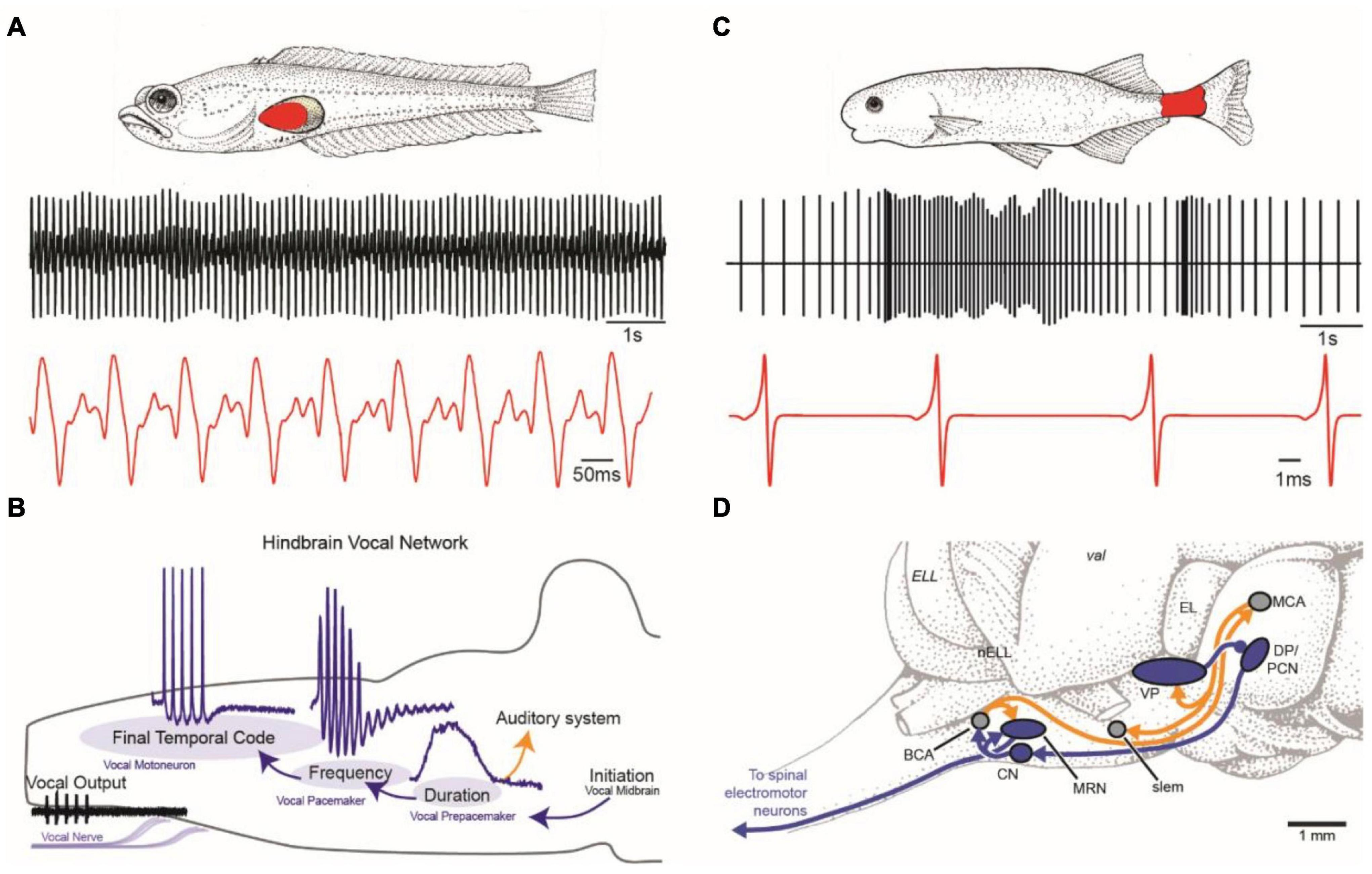Electric fish and NeuroAI offer a fascinating intersection of biology and technology, providing insights into the natural world that can enhance artificial intelligence systems. These remarkable creatures, particularly the weakly electric species like the elephantnose fish, navigate their environments through the detection and emission of electric fields. Such unique behaviors not only captivate scientists but also serve as a significant foundation for NeuroAI applications that explore perception and cognition. By examining electric fish behavior, researchers aim to unravel the complexities of collective intelligence—a phenomenon that emerges from the interactions of distinct entities, whether they are living organisms or artificial agents. As the development of AI systems continues, the biological models in AI derived from studying electric fish may lead to breakthroughs in how machines communicate and coordinate with one another.
The study of electrically charged fish presents new avenues in the realm of NeuroAI, integrating biological insights into algorithmic processes. Electric fish, such as the elephantnose, possess the extraordinary capability to generate and perceive electric fields, which informs their social interactions and navigation. This natural phenomenon provides a rich framework for understanding emergent behaviors, offering alternative perspectives on collaborative intelligence among various organisms. Researchers are leveraging these biological models to innovate AI systems, enhancing their ability to function in dynamic environments through improved communication strategies. As exploration deepens, insights gained from these fascinating aquatic species may redefine the potential of AI systems development in mimicking nature’s intricately organized behaviors.
Understanding Electric Fish Behavior Through NeuroAI
Electric fish, particularly the elephantnose fish, offer a fascinating window into the study of collective intelligence and NeuroAI. These creatures utilize electric fields not just for navigation but also for communication and social organization. By generating their own electrical pulses, they interact with one another in a manner that provides insights into how similar mechanisms might be used in artificial systems. This has profound implications for NeuroAI applications, as scientists like Kanaka Rajan at the Kempner Institute explore the overlaps between biological models and AI systems development.
The behavior of electric fish under varying environmental conditions allows researchers to model their interactions more thoroughly. For instance, their unique method of communication—simple electric signals—offers an accessible framework to analyze complex social behaviors. This, in turn, can yield important lessons about collective intelligence in AI systems, as these simplistic interactions may mirror the foundational dynamics needed for advanced AI systems. Understanding these behaviors can inform the design of new AI systems that better mimic natural intelligence.
Frequently Asked Questions
How do electric fish contribute to NeuroAI applications?
Electric fish serve as biological models in AI development, offering insights into collective intelligence dynamics. Their unique ability to generate and detect electric fields allows researchers to explore complex communication patterns and social behaviors that can inform NeuroAI applications in developing multi-agent systems.
What can the behavior of electric fish teach us about AI systems development?
Studying electric fish behavior, particularly their coordinated communication and social interactions, provides valuable lessons for AI systems development. Their collective intelligence demonstrates emergent behaviors that can enhance AI algorithms, especially in designing cooperative AI agents that function effectively in dynamic environments.
In what ways do electric fish exemplify collective intelligence?
Electric fish, like the elephantnose fish, exemplify collective intelligence through their ability to communicate via electric pulses, allowing them to coordinate foraging and social interactions. This behavior demonstrates how individual actions can lead to complex, adaptive group dynamics, which is a key area of interest for researchers in NeuroAI.
How might the study of electric fish behavior influence the future of AI?
The study of electric fish behavior could significantly influence the future of AI by providing insights into how collective intelligence operates. Understanding how these fish communicate and cooperate can inspire new algorithms that enable AI systems to mimic these natural strategies, improving their effectiveness in tasks involving teamwork and problem-solving.
What challenges do researchers face when modeling electric fish for NeuroAI research?
Researchers face several challenges in modeling electric fish for NeuroAI research, including accurately replicating the complexities of their social behaviors and communication patterns. Additionally, simulating the dynamic interactions within groups of electric fish requires sophisticated algorithms that can capture the nuances of collective behavior effectively.
How can biological models like electric fish enhance AI research?
Biological models, such as electric fish, enhance AI research by providing real-world examples of adaptive behaviors and communication strategies. These models inform researchers about the principles of collective intelligence, which can be applied to improve AI systems’ capabilities in cooperation, competition, and overall adaptability in various contexts.
What role do electric fish play in understanding multi-agent AI systems?
Electric fish are crucial for understanding multi-agent AI systems because their social structures and communication methods showcase how individual agents can collaborate effectively. By studying these interactions, researchers can design AI systems that harness collective intelligence, improving problem-solving efficiency and adaptability.
| Key Points | |
|---|---|
| Study Subject: Elephantnose Fish | Focus on their ability to generate and sense electric fields. |
| Research Motivation | Insights into collective intelligence and multi-agent interactions. |
| Research Findings | Behaviors exhibited by the fish could inform AI development, showing emergent communication and cooperative behaviors. |
| Collective Intelligence Analysis | Simulation studies show food availability influences competition vs cooperation among agents. |
| Application to AI Systems | Understanding these behaviors can improve the design of collaborative AI agents, working more effectively together. |
Summary
Electric fish and NeuroAI present a fascinating intersection of biology and technology. The study of the elephantnose fish illustrates how natural systems can provide insight into collective intelligence, crucial for the development of artificial intelligence. By mimicking the communication and social strategies observed in these electrically adept fish, researchers can glean valuable lessons for building more adaptable and intelligent AI systems.
